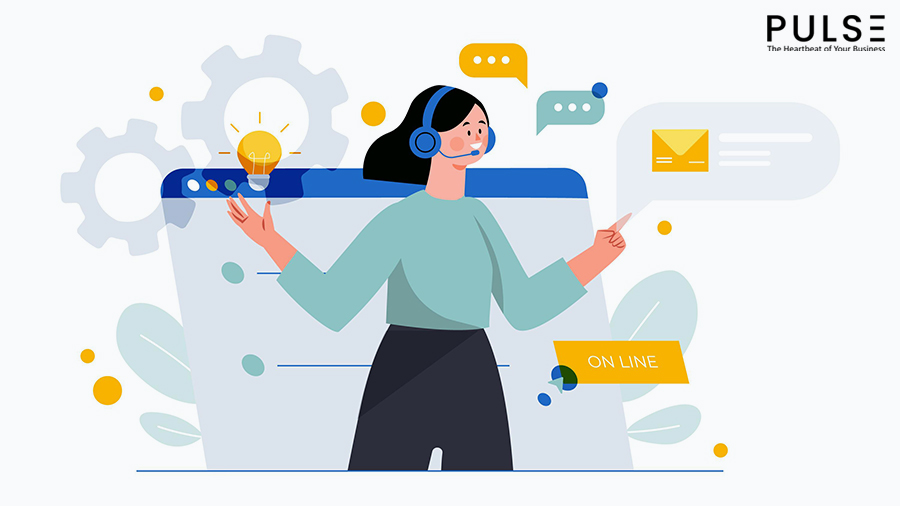In this era of technology, there is an undeniable need to have a quick turnaround time while providing assistance and support to any organization. This becomes more significant when the service is a SaaS product or platform. Any delay in fixing a query or technical error can lead to bigger issues for the clients.
In this article, we will understand the importance of using a WhatsApp group as a tool for solving queries and providing quick resolution to individuals and companies using a SaaS platform.
What problems does Whatsapp solve?
Companies want faster resolutions and at the same time an easy contact medium to solve their queries on a real-time basis. They have increasingly started analyzing the repercussions of delays and hiccups due to technology in time-bound actions. Thus, it becomes a priority for service providers to ensure that their clients get support as quickly as they need and experience technology in a more reliable way.
WhatsApp comes in handy as communicating on it is quite quick and hassle-free. Especially, for product platforms having a global customer base, it is quite cost-effective to use WhatsApp as it doesn’t charge a fee for international communication. Only good Internet connection is required.
WhatsApp support allows the teams to engage whenever they need to, without having to stay vigil for a support agent’s response.
The end-to-end encryption offered by WhatsApp ensures that no one apart from the customer and support agent can read the messages. This enhanced level of privacy makes customers feel secure, as they do not get the same level of encryption on mediums like email, social media, phone, etc.
WhatsApp also supports multilingual languages so service providers can conduct cross-border multilingual communication.
How does Whatsapp solve problems better?
Communication through emails is often time-consuming as they require effort and manual processes to answer both urgent or general questions. At the same time, they are not easily scalable when it comes to a high volume of support requests or providing a quick turnaround time for responses.
Communicating to a customer through emails also doesn’t add a personal touch. Further, In email communication, product updates are generally passed from the Technical Department to a Support Department and finally to the customer. This multi-touchpoint might cause a broken communication chain creating loss of accurate information or further delay in providing feature updates. With a Whatsapp Group, the technical team can directly provide live updates without changing information.
Automated templates are another cause of discomfort for any customer who is already agitated or unhappy with the support team. Whatsapp group would help reach the customer on priority, understand their concerns personally and provide personalized resolution.
How is Pulse using WhatsApp?
With Pulse, once a customer is onboarded a WhatsApp group is created that has the Pulse support teams and the Pulse technical team. Customers are requested to invite their colleagues or higher managerial staff to the group so that they are in sync and never lose track of any updates.
All queries or concerns raised by the customer or their teams are handled on priority. Pulse follows a TAT to reply to any customer on a Whatsapp Group within 15 minutes from receiving the message. In case of an unforeseen bug, a timeline to resolve the bug is provided to the customer within 1 hour so that all team members who are affected by it are made aware and can plan their inspections accordingly.
Sometimes, the customer or their team members face some minor challenge in understanding certain in-built features. Such requests once received are acted upon immediately without having the customer or their team member wait for the next steps.
WhatsApp not only allows text-based messaging but many other ways to communicate. Pulse support uses these features and shares photos and videos to educate the customers about the product. The team also shares voice messages in case the customer finds it difficult to understand. All this is done without having to spend a lot of time and effort, and yet making the most of available technology.
